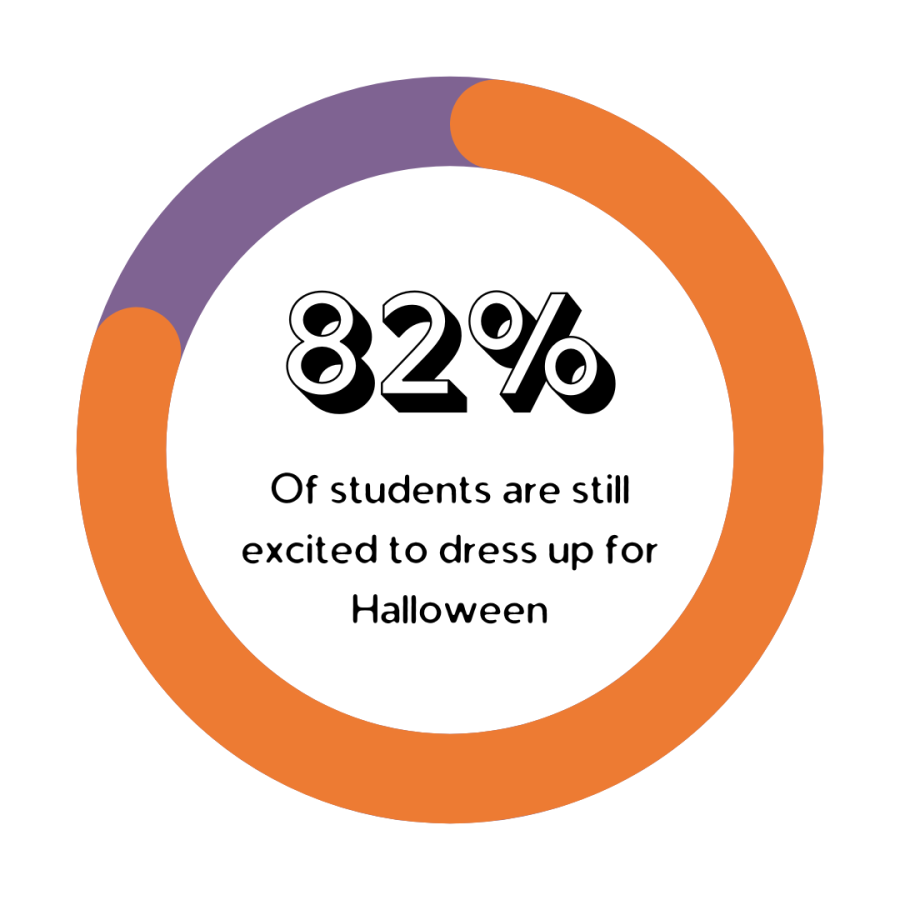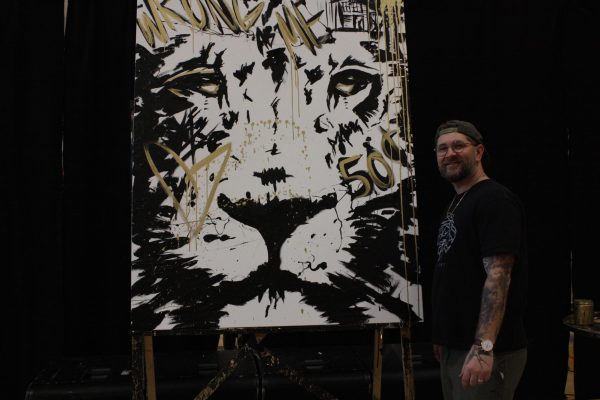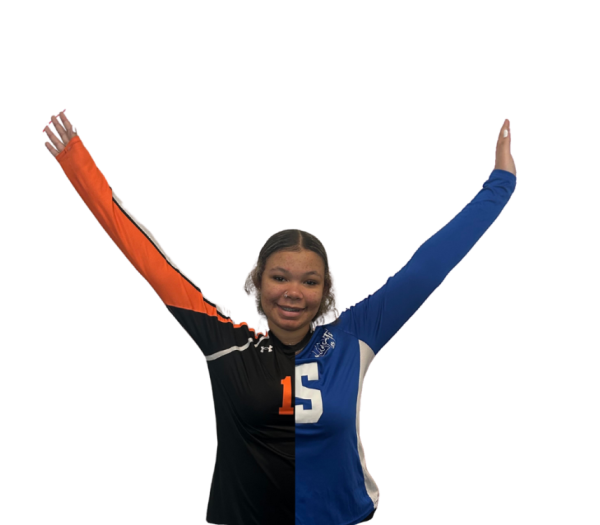Halloween: A History
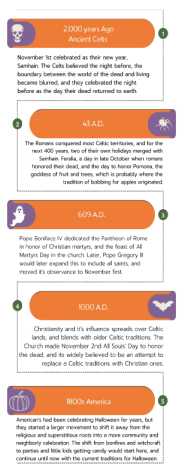
The air is cold, the streets are full of kids dressed up as their favorite things. For one night a year you can be whatever you want and eat all the treats you can dream of. Halloween is a holiday of costumes, candy and everything spooky, but that wasn’t always the case. Today, Halloween is full of modern traditions that were taken from older European traditions and separated from their more superstitious and religious roots into a holiday centered on community.
On Halloween, women would dress up, gather around fires and tell fortunes, but in the late 1800s, Americans shifted away from the pranks, ghosts and witchcraft of Halloween and began celebrating with parties instead. The focus changed to fall themed food and candy; the costumes changed with pop culture, and were meant to be fun instead of scary. Parents made efforts to take anything truly scary out of Halloween as the culture of America shifted into something more conservative, so that by the early 20th century, it lost most of what remained of superstitions Pagan roots.
“Halloween camping and trick or treating is my favorite. Everyone comes together and everything is all decorated. It’s great,” junior Azora Parks said.
“My favorite part of Halloween is dressing up and eating all the candy,” senior Josie Beutler, said, “You’re never too old to trick or treat, and it’s better than doing things that are illegal.”
Parents believed if they handed out treats, it would prevent tricks being played on them since pranks and vandalization was a tradition amongst teens of the era. Trick or treating was brought back between the 1920s and the 1950s. It was an inexpensive way for the entire community to come together and celebrate.
Costumes are an old and important tradition that moves along with modern trends in fashion and pop culture. Originally, the tradition of dressing up was to ward off ghosts during the Celtic holiday of Samhain. Samhain is a holiday celebrating the end of summer, the harvest and the night when the veil between worlds was thinnest and ghosts walked the earth. Ancient Celts believed that the ghosts would bring harm and damage to crops, so they dressed up and had bonfires where they burned a portion of the crops as a sacrifice. At these events they’d dress up and attempt to tell each other’s fortunes. Later, when the church overtook the holiday, making it All Saints’ Day, the traditions stayed similar, though the costumes changed from animal skins and skulls to saints, angels and demons.
So many of our favorite traditions can be brought back to ancient roots, and though they lost the superstitions and religious roots, the things we do to celebrate remain reminiscent of what was done hundreds of years ago.
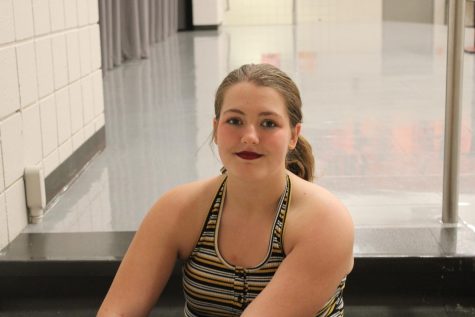
Jamie Phillips is a senior in high school, and a reporter and photographer for Uncaged. They’re also a part of varsity softball and leadership. They...



